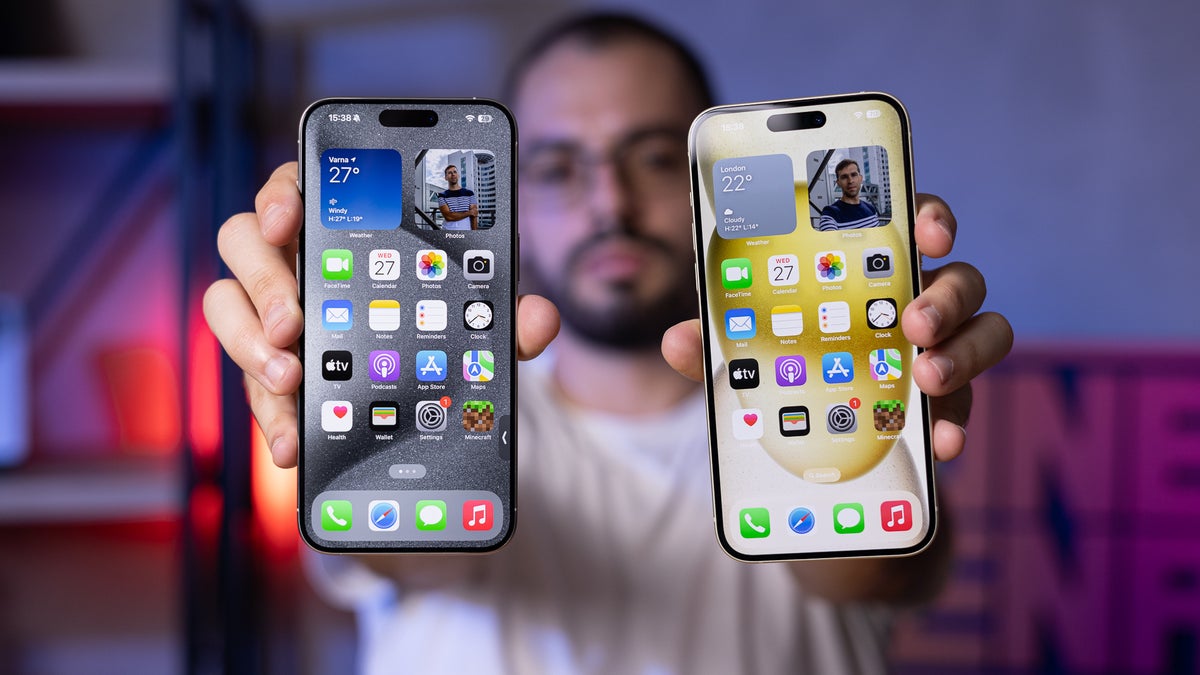Apple has been on a mission. Not wanting to rely on its supply chain for certain components for the iPhone, Apple feels better designing these parts themselves since it gives them more control over production. Apple also hopes to stop paying a major iPhone rival like Samsung and would like to stop doing business with Qualcomm, a company whose sales practices have been under scrutiny (remember ‘no license no chips?’).
Apple would like to design more components in-house
In today’s Power On newsletter, Bloomberg’s Mark Gurman created a list of some of the DIY projects that Apple is working on at the moment. One of them is the 5G modem chip that Apple originally hoped to have ready in time for this year’s iPhone 15 line. Apple has a high bar to clear here considering that past testimony in court revealed that Apple considered Qualcomm’s modems to be the best even though it wasn’t thrilled with the chip design company.
Because of the problems that Apple has had with this project, Apple was forced to re-up with Qualcomm and extend their pact through 2026. Apple recently had hopes that it could debut its 5G modem chip in 2025, but now it appears that Apple won’t have its own in-house 5G modem chip ready until 2027 for the iPhone 18 series.
Other parts that Apple is designing internal versions of include a combined Wi-Fi and Bluetooth chip that would replace components currently purchased from Broadcom. Apple hoped that it would have this component ready in time for the iPhone 17 in 2025, but this project is also facing delays.
One of the longest DIY projects that Apple has been working on is one that it hopes will allow it to eventually produce micro-LED displays. Last May, a report from Japan’s Nikkei news agency noted that Apple had spent more than $1 billion on the technology over the last decade. The first device to use Apple micro-LED display is expected to be the Apple Watch. These displays can be integrated with sensors making them perfect for adding more health-related features to Apple’s timepiece.
One Nikkei source, who has seen examples of Apple’s micro-LED displays, said, “Apple’s ultimate plan is to introduce the technologies on its iPhone, which is its key revenue source and has much bigger volume, to justify the investments over the years.”
Earlier this month there was some talk about Apple developing its own custom battery designs to help produce the components used to power the company’s products after 2025. Previously, there was some chatter in 2019 about Apple developing its own battery designs, but as Gurman pointed out in his newsletter today, this is a bit of a long shot for Apple at the moment.
Apple will still need to find manufacturing partners
Apple is also believed to be thinking about designing its own camera sensors. The photography system on the iPhone is always one of the handset’s most important selling features and right now it relies on the company considered to be the best in the business, Sony, for the iPhone camera sensors. Apple needs to make sure that it can add value here before it replaces Sony.
Another long-running project that Apple is working on is the non-invasive blood glucose monitor for the Apple Watch. This feature would, if properly implemented, allow insulin-dependent diabetics to figure out their insulin dose without painfully drawing blood from a lancet and placing that blood on an expensive test strip. We’ve watched the development of this feature for years and in September, Apple turned the project over to Tim Millet, Apple’s vice president of platform architecture.
While Apple looks to design these components, it will still need to find a company to do the manufacturing. This is similar to how Apple designs the A-series application processor for the iPhone every year but still relies on TSMC to manufacture the chipset. By designing its own components, Apple can add certain features that it can’t when buying off-the-shelf parts.

